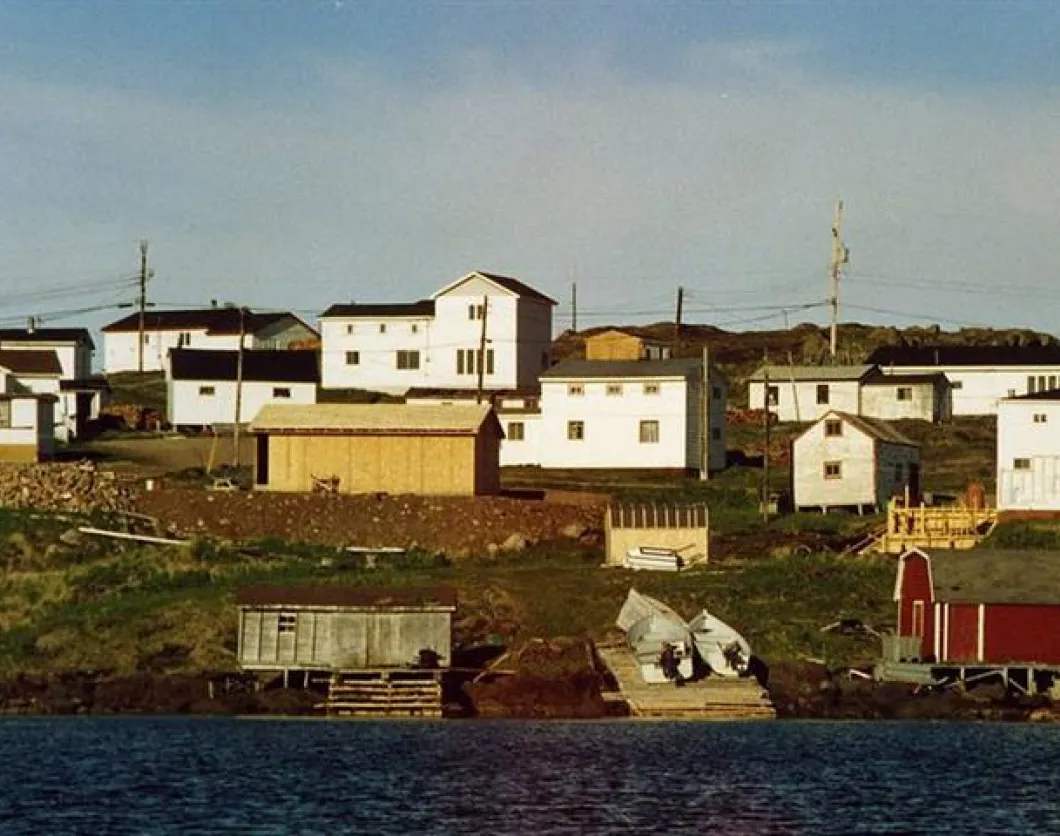Red Bay was reached by a crew of Basque sailors who were exploring the northern regions of Canada. It is located on the north-eastern tip of the Canadian shore of the Sound of Belle Island. It is an archaeological site that captures and embodies the classic European whaling activities.
The Red Bay Basque Whaling station, one of the newest UNESCO sites, was first called Gran Baya when it was founded in the early 1530s; it was used by the visitors as a site for butchering, storage, coastal hunting and extraction of whale fat to process oil. It was a major producer of whale oil that was shipped overseas and used for lighting.
The base that was mainly used during the summer months has numerous historical remnants, including rendering ovens, classic docks, sailor’s temporary dwelling quarters and an old cemetery, submerged remains of vessels and whale bone fossils. Historians have postulated that it was in use for seventy years after which whales became extinct from the isle.
The tourist sites and attraction features here include activities such as watching iceberg and whales, fishing, visiting classic whaling stations, hiking, local entertainment and culinary art. The arctic site for mariners served the sailors for two centuries, today it is one of must visit areas for tourists.
It is the oldest, most beautiful and well-maintained archaeological evidence of a historical whaling station. If you have a penchant for past historical features of early European exploration, you should consider Red Bay. This whale hunting base has a complete collection of archaeological constituents. It demonstrates the existence of early industrial whaling activities on a large scale for exportation to Europe.
The site is expansive as the property includes onshore and submersed elements that demonstrate the main stages of the whaling activity. The visible features of the entire property are preserved, and their connections with the terrestrial surface are ingrained and can be seen from the landscape. Some remains cannot be seen with the naked eye and have tags expatiating on their relevance. Historians have done much in research and study in order to explain with clarity the ensemble of archaeological remains and give a link with early activities.
The location is endowed with tripartite European vessels and four smaller galleons used to hunt and capture whales in the 16th century. When the vessels were discovered, the station became a paramount submerged archaeological base lying on the shores of the American continent. To buttress this proposition, UNESCO adopted it as a prominent World Heritage Site in 2013.
The site lies in a bay, this makes it a protective harbor, and thus it served as a mooring location for vessels during the Second World War. There are various naval warfare elements – another reason why it is a popular tourist attraction.
The array of pre-industrial constituents has authenticity and verisimilitude due to meticulous preservation. The present-day station of Red Bay presents unaltered landscape and shore coastlines that reflect early man’s activities. A visitor has to move closer to the remains in order to catch sight of the various tiny remains. This is because from the landscape, they appear buried or non-existent. Visitors who have a penchant for demystifying historical conundrums can enquire from the Visitor Interpretation Center and gather valuable and insightful past information.
The government and private stakeholder’s efforts have led to the preservation and conservation of the site. In 1979, the base was declared a National Archaeological Site. The property administration board was established a year after its inception with clear roles which have been discharged with efficiency since then, this is evident from the status of the site today. The board members are mandated to facilitate the conservation and creating structures that enable the station to handle visitor entry and exit, interpretation and research. They are a huge pool of historians, tourism experts, archaeologists and palaeontologists.
When you visit Canada for your holiday, vacation or tourism activities, do not forget to experience the tantalizing Red Bay. Here you will feel like you were there during the Basque whaling hunting activities. You will not need photos to feel how it was during the early days of European exploration of the Americas.











